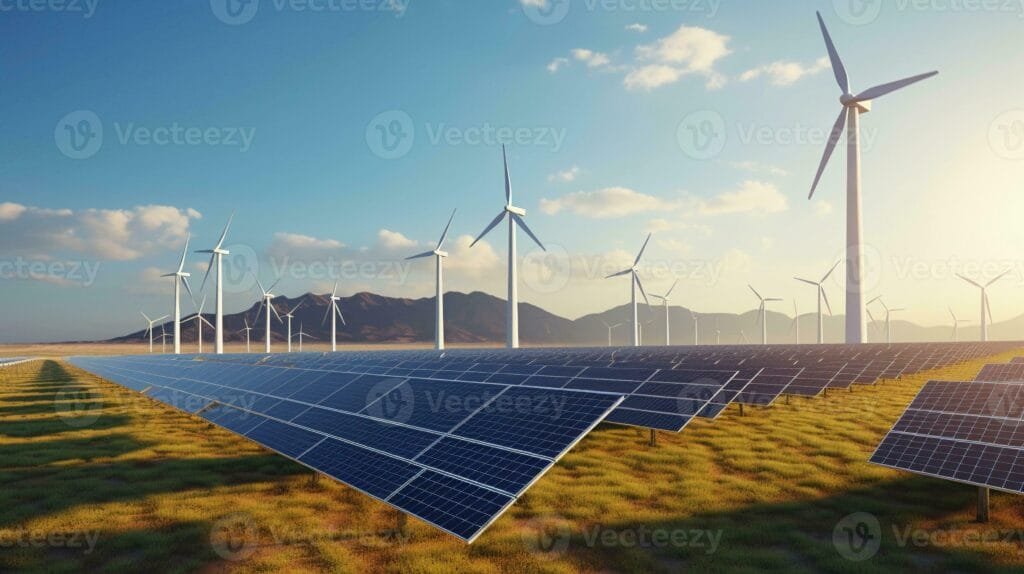In recent years, solar storms have emerged as an unexpected threat to modern agricultural operations, disrupting the complex electronic systems that power today’s farming equipment. These intense bursts of electromagnetic radiation and charged particles from the Sun interfere with GPS navigation, control systems, and other vital components that farmers rely on for precision agriculture. As our dependency on technology in farming continues to grow, understanding the impact of solar weather on agricultural machinery becomes increasingly important for maintaining food production efficiency and preventing costly equipment failures. Recent geomagnetic disturbances have caused significant disruptions to precision farming operations across multiple continents, affecting GPS-guided tractors, automated irrigation systems, and digital monitoring equipment. These technological interruptions have left farmers struggling to maintain efficient agricultural practices and highlighting the vulnerability of modern farming to space weather events.
The electromagnetic interference from solar flares has particularly impacted automated guidance systems, causing tractors and harvesters to drift off course by several meters. This deviation results in overlapping or missed sections during planting, spraying, and harvesting operations, leading to considerable waste of resources and reduced crop yields.
Agricultural drones,which farmers increasingly rely on for crop monitoring and precise pesticide submission,have experienced navigation failures and dialog breakdowns during these solar events. The disruption of these unmanned aerial vehicles has forced many farmers to revert to traditional, less efficient methods of field surveillance and crop management.
Electronic monitoring systems in livestock operations have also fallen victim to these cosmic disturbances. Smart tags used for tracking animal health and movement patterns have reported erratic data, while automated feeding systems have experienced timing malfunctions. These technical failures have required additional manual oversight and intervention from farm workers.
Weather monitoring stations and soil moisture sensors, crucial for making informed farming decisions, have shown unreliable readings during intense solar activity. This uncertainty has complicated irrigation scheduling and crop protection measures, potentially affecting harvest quality and quantity.
The financial impact extends beyond immediate operational disruptions. Insurance providers are now reassessing coverage policies for equipment damage related to solar events, while agricultural technology manufacturers are rushing to develop more resilient systems with enhanced electromagnetic shielding.
Research institutions are collaborating with agricultural technology companies to create early warning systems specifically for farmers. These systems aim to predict when solar storms might interfere with farming operations, allowing agricultural businesses to implement contingency plans and protect sensitive equipment.
Experts recommend farmers maintain backup manual control systems and regularly update their equipment’s firmware to include the latest protection measures. Some agricultural equipment manufacturers are now incorporating radiation-hardened components in their newest models, similar to those used in spacecraft.
The situation has sparked discussions about the need for redundancy in modern farming systems and the importance of maintaining traditional farming skills alongside technological advancement. Agricultural organizations are developing guidelines for operating during solar storms,including procedures for safely shutting down vulnerable systems and alternative methods for maintaining essential farming operations.
These challenges have highlighted the delicate balance between technological advancement and resilience in modern agriculture, prompting a broader conversation about lasting farming practices that can withstand space weather events while maintaining productivity.





